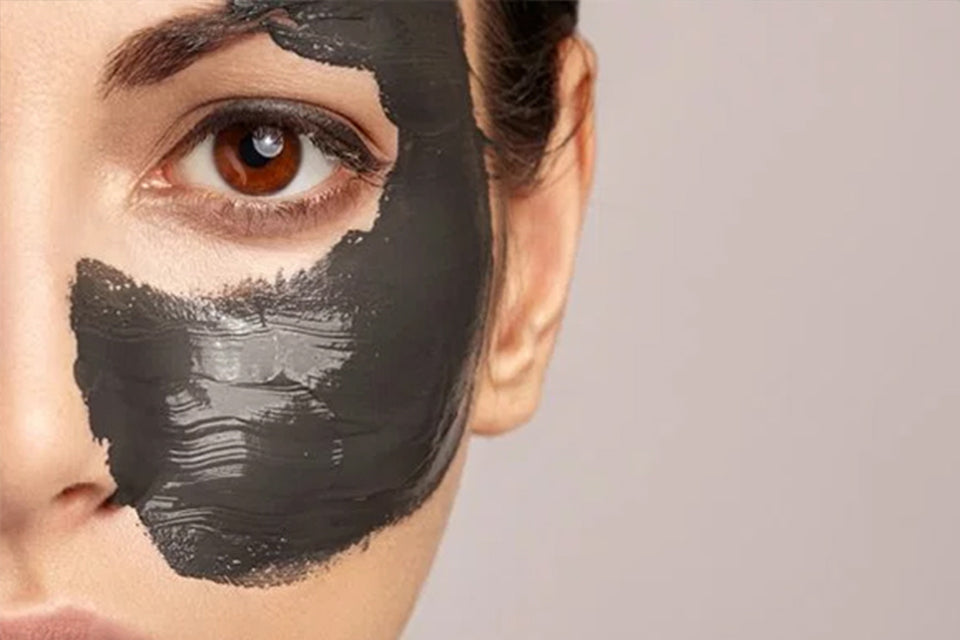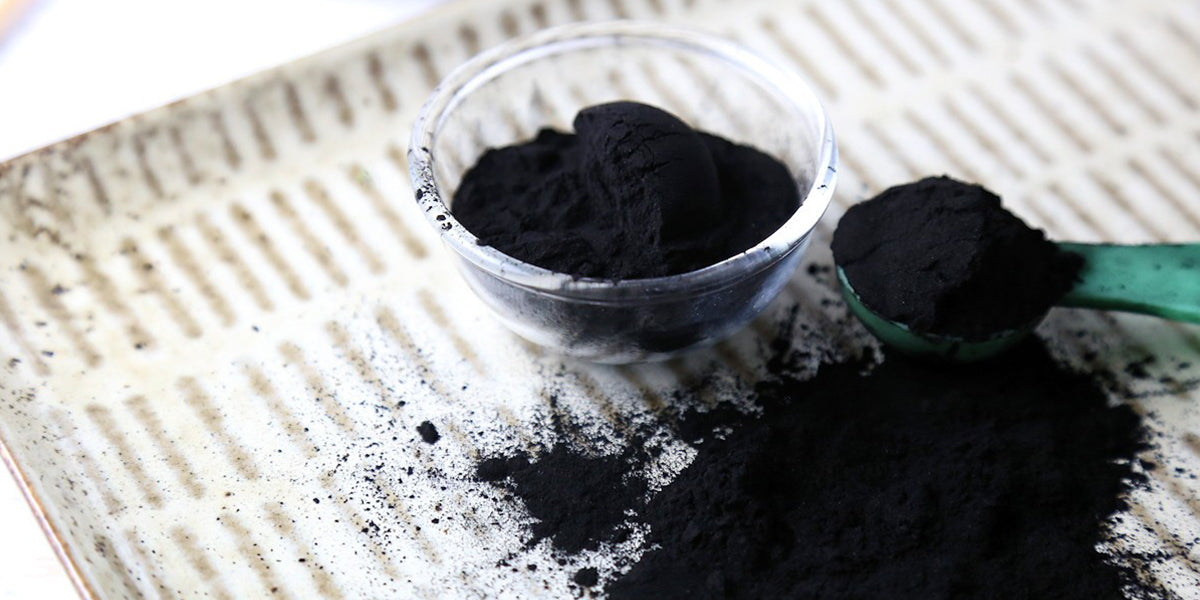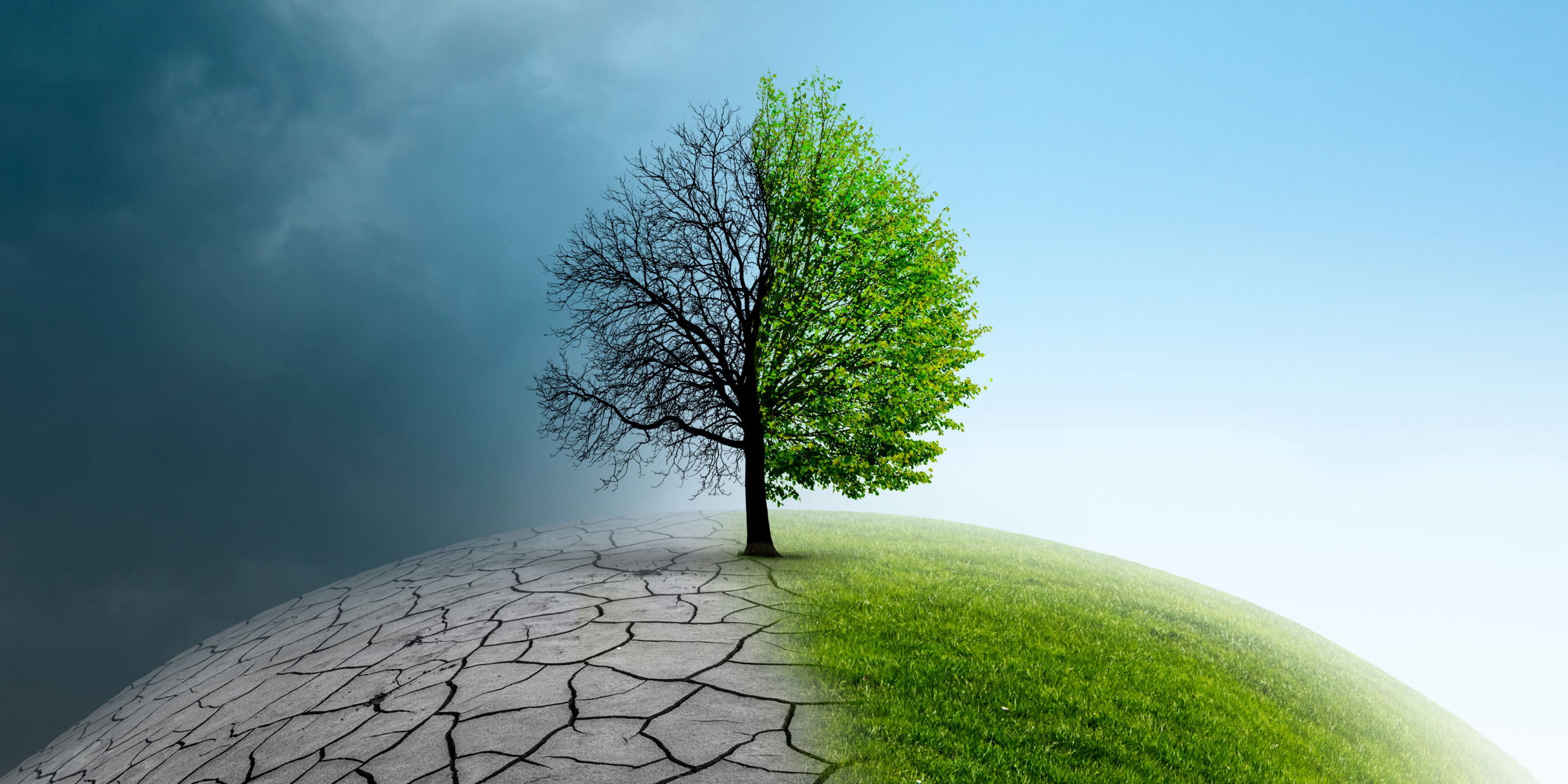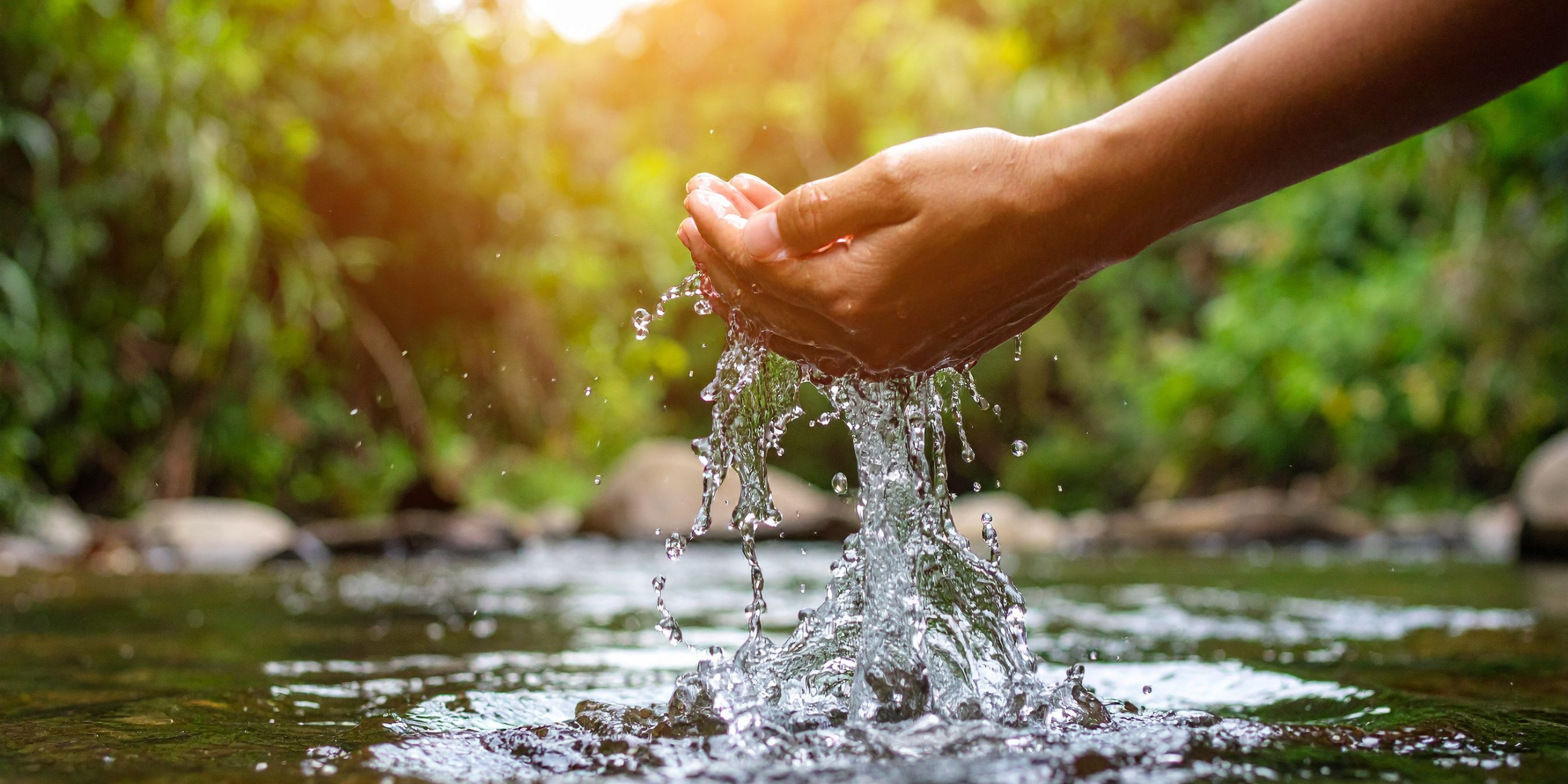You know what they say: sometimes you have to take a step back in order to take a step forward. For instance, turning your teeth jet black for the sake of trying to make them sparkly white.
No, I’m not talking about the ancient Japanese tradition of Ohaguro. I’m talking about a trend that’s all 2018—activated charcoal.



Celebrities, bloggers, and social media influencers alike have been touting the benefits of the freakish-looking black substance, using it for everything from facial cleansers, to ice cream (whaaat?!) to, you guessed it: teeth whitening.
Sound crazy? Maybe. The jury’s still out. But here are just a few answers to your questions about the trend to help you decide whether or not it’s your cup of (black) tea.
So What Is Activated Charcoal?
Just so we’re clear, this is NOT charcoal you buy for your grill. Food- or medical-grade activated charcoal can be purchased from pharmacies and other wellness stores.
Think of activated charcoal like a giant lint roller for toxins. Plain charcoal is the result of burning things that have a lot of carbon in them, like coal. Charcoal that’s “activated” has been subjected to certain chemical reactions that rearrange the atomic structure of it, creating tons of tiny pores that are perfect for trapping all kinds of poisons and toxins.

How Does It Work?
Activated charcoal has long been used to combat poisoning or overdoses. When fed to patients, the activated charcoal will adsorb (stick to) the toxins in the stomach, preventing them from making their way through the body to cause further harm. It’s also used in water filters, performing the same toxin-sucking task.
The idea behind using activated charcoal as a teeth whitener is the same: the toxins, stains, tartar, viruses, and bacteria are thought to stick to it. When you rinse, the charcoal is supposed to take all that stuff right out with it.
Check out this video by SciShow for a more—well, sciencey—description of how it’s formed and how it works.
Is It Safe?
Whether it’s safe or not to use for certain wellness purposes—including teeth whitening—is the big question, and the reason it’s still a controversial product. While it’s been determined to be safe to ingest for the purposes of counteracting accidental overdoses or ingestion of toxic substances, there’s not much current research vouching for its more trendier uses of late.
Activated charcoal is pretty abrasive, so if you’re exclusively using charcoal toothpaste in place of regular, you could be damaging your teeth’s enamel. It’s best to use it here and there to remove surface stains on your teeth, but not to fully replace your regular dental hygiene regiment.
What Else Can You Try Instead?
Still on the fence? You’re in good company; many people haven’t quite warmed up to the idea, since it hasn’t yet withstood the rigor of scientific testing. But you’re in luck—there are plenty of other natural tooth whitening techniques you can try instead. Here are just a few:
- Oil Pulling: not without its share of skepticism as well, but what natural methods aren’t? As always, Wellness Mama has a great tutorial for getting started.
- Baking Soda: its mildly abrasive qualities help remove surface stains, and it’s great for warding off bacteria in your entire mouth. Plus, it’s cheap and easy to find. Use it in tandem with your regular toothpaste for an extra whitening boost.
- Turmeric: it’s a natural spice used for ages in Eastern medicines, and it’s known for its anti-inflammatory and age-defying properties, in addition to being a good teeth whitener. Check out this simple tutorial.
And if you do want to give activated charcoal a try, but are hesitant to go straight for the pure powder form, here’s an interesting recipe from A Return to Simplicity that uses it, among other natural ingredients.
Have you tried any of these methods to whiten your teeth? Comment and share your story!
Sources:
Harper’s Bazaar, Live Japan, Mommpotamus, SciShow, Toronto Sun, Wellness Mama
Image Sources:







Share:
The Truth About Fluoride
5 Environmental Wins to Be Thankful for in 2018